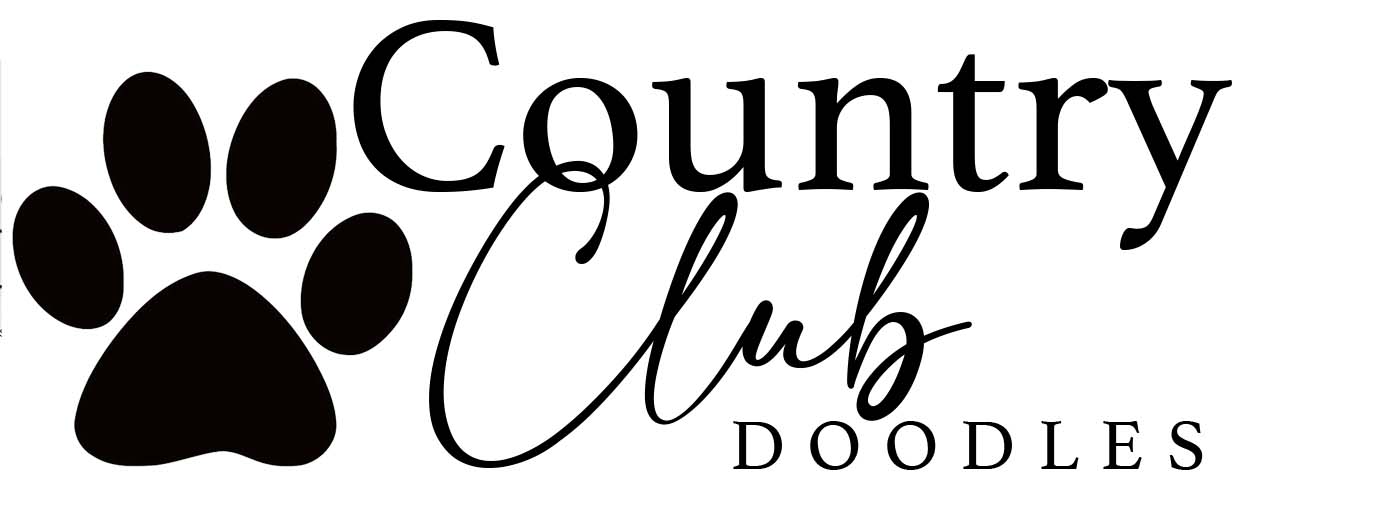Teaching basic commands to a new puppy is an important part of their development and training. The first step is to establish a positive and consistent training routine. This can include short training sessions throughout the day, using positive reinforcement such as treats, praise, and playtime. Start with basic commands such as “sit”, “stay”, “come”, and “heel”, and gradually progress to more advanced commands as the puppy becomes more confident and responsive. Consistency is key, so make sure to use the same commands and rewards every time.
The “sit” command is one of the easiest to teach and is a good starting point for a new puppy. Begin by holding a treat above the puppy’s head and slowly moving it backwards towards their tail. As their head follows the treat, their bottom should naturally lower towards the ground. Once they are in a seated position, give the “sit” command and reward them with the treat, praise and say “YESSS”. Repeat this process several times a day until the puppy can sit on command without the need for a treat.
The “stay” command is another important command to teach a new puppy. Start by having the puppy sit, then hold out your hand with your palm facing towards them and say “stay”. Take a step back and wait a few seconds before returning to them and giving them a treat and praise. Gradually increase the distance and duration of the “stay” command, rewarding the puppy each time they successfully complete the task. With patience and consistency, teaching basic commands to a new puppy can be a fun and rewarding experience for both you and your furry friend.







